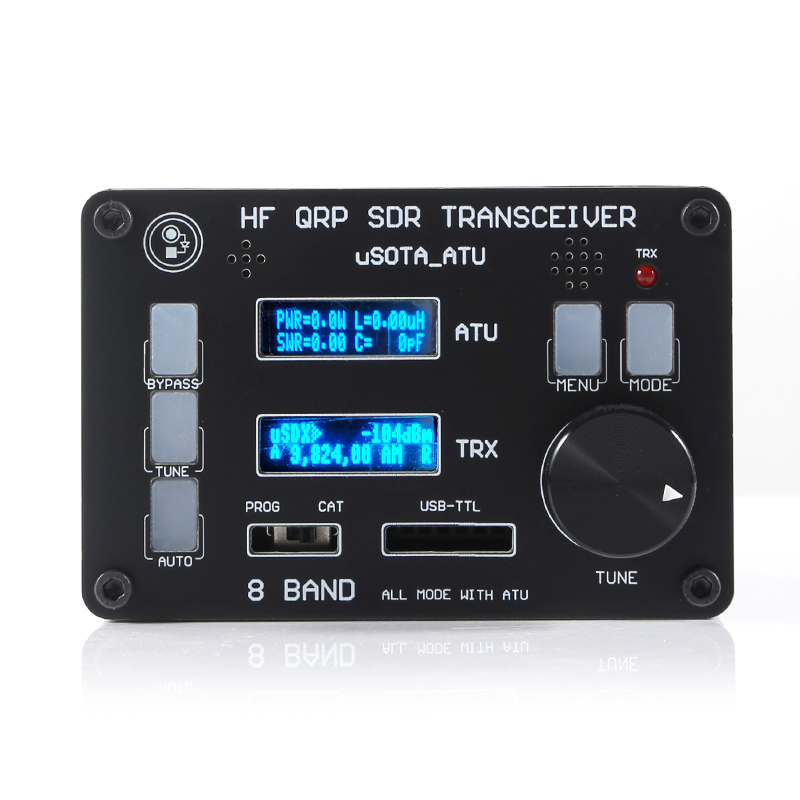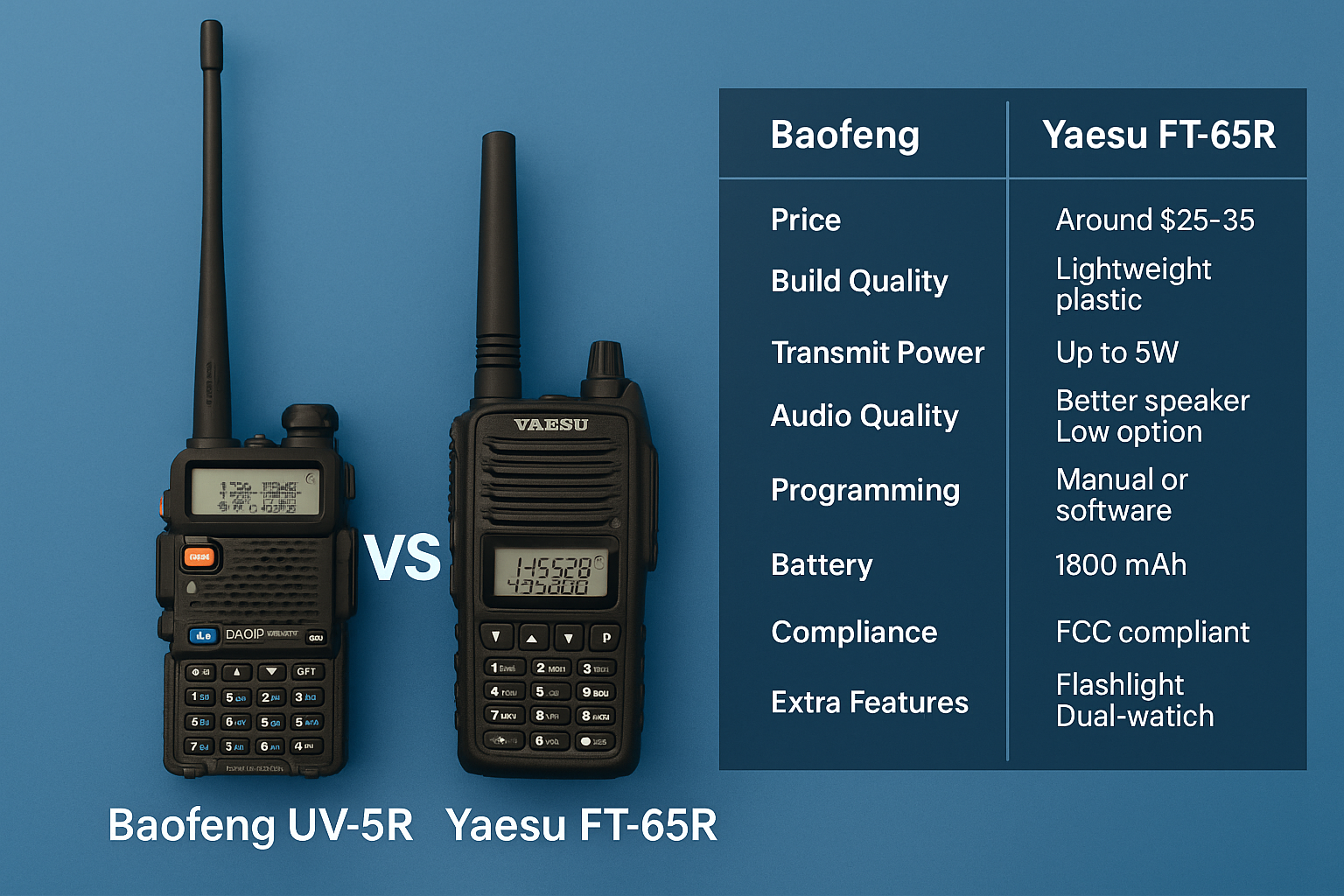In the world of amateur radio, one of the most debated topics among operators—especially those just entering the hobby—is whether to invest in an external antenna tuner unit (ATU). Many modern transceivers come with built-in tuners, but external models offer enhanced capabilities that may appeal to certain users. So, should you add an external ATU to your ham radio station? The answer, as with many things in amateur radio, depends on your goals, equipment, and the nature of your operating style.
Let’s break down the pros, cons, and considerations to help you decide.
What Does an Antenna Tuner Actually Do?
Contrary to its name, an antenna tuner doesn’t “tune” the antenna itself. Instead, it matches the impedance of your antenna system to that of your transceiver—usually 50 ohms. This match is critical because transceivers are designed to work with a consistent impedance. A mismatch leads to high SWR (standing wave ratio), which can result in reflected power, decreased efficiency, and even potential damage to your equipment if it’s not properly protected.
An ATU helps mitigate these issues by transforming the impedance seen by the radio into something it can comfortably handle, allowing maximum power transfer and safer operation.
Internal vs. External Tuners
Many modern ham radios—especially those from leading manufacturers like Yaesu, Icom, and Kenwood—come with built-in automatic tuners. These internal units are typically limited in range, often tuning up to a 3:1 SWR mismatch. For operators using resonant antennas cut to specific frequencies or bands, these tuners are usually sufficient.
However, when the mismatch exceeds that range—as is common with non-resonant or multi-band wire antennas—internal tuners may fall short. That’s where external ATUs step in.
When External ATUs Make Sense
Adding an external ATU is not necessary for every station, but there are scenarios where they provide a substantial benefit:
1. Operating with Non-Resonant Antennas
If you’re using a random wire, end-fed wire, or multi-band dipole without a balun, the impedance presented to the radio will vary widely across bands. An external tuner, especially a wide-range model, can match these variations where internal tuners cannot.
2. Multi-Band Operation with a Single Antenna
Some hams prefer the simplicity of a single antenna system for operation across several HF bands. While this can work well with resonant traps or loaded antennas, there are always some compromises. An external ATU makes band-switching smoother and improves matching without needing to physically adjust the antenna.
3. QRP or QRO Operation
External ATUs often handle higher power than internal tuners. If you’re operating QRO (high power), an external tuner rated for 300W, 600W, or even 1.5kW is necessary. Conversely, if you’re working QRP and using highly portable or experimental antennas, a compact external tuner helps maintain efficiency without overburdening your lightweight gear.
4. Remote Antenna Systems
Remote tuners, like those mounted near the feed point of an antenna (often at the base of verticals or long wires), drastically reduce transmission line losses. Since the tuner is located before the feedline, only matched power is carried through the coax, improving system efficiency. This setup requires an external tuner, usually one with weatherproofing and remote control capabilities.
Types of External ATUs
External ATUs come in a variety of configurations:
- Manual Tuners: Require the operator to adjust capacitors and inductors to achieve a match. These are favored by those who prefer full control and don’t mind taking the time to fine-tune.
- Automatic Tuners: Use electronic components and memory functions to match the load automatically. Great for fast QSY (change of operating frequency) and casual operation.
- Remote Tuners: Installed at or near the antenna. Ideal for minimizing coaxial losses in long or high-SWR feedlines.
Some popular models include the LDG Z-100A (automatic and compact), MFJ-993B (manual and high power), and Icom’s AH-4 (remote autotuner). Each has its strengths depending on how and where you operate.
Considerations Before Buying
Before adding an external tuner to your setup, ask yourself the following:
- Do you really need it? If you’re using a resonant antenna system and staying within well-matched bands, you may not need more than your radio’s built-in tuner.
- What kind of antennas do you use? If you’re using experimental or wide-band antennas, an external ATU will likely save you a lot of frustration.
- Where will you place it? Consider your shack layout, coax lengths, and power routing. An external tuner adds complexity, which can be a blessing or a burden.
- How much power are you running? Always make sure the ATU you choose can safely handle your station’s maximum power output.
Pros of Using an External ATU
- Wider Matching Range: Typically tunes higher SWR values than internal tuners.
- Greater Flexibility: Makes it easier to use various non-resonant or experimental antennas.
- Power Handling: Can handle higher wattage, suitable for high-power HF stations.
- Remote Options: Tuners at the feed point reduce line loss and improve efficiency.
- Manual Control: Manual tuners offer a tactile learning experience and more control for fine-tuning.
Cons of Using an External ATU
- Cost: Quality external tuners aren’t cheap, especially high-power models.
- Complexity: More cables, more connections, more components to troubleshoot.
- Size: Desk space or mounting considerations may be a factor in a small shack or portable environment.
- Redundancy: In some cases, the external tuner doesn’t do anything the internal one can’t—especially if you only use one well-tuned antenna.
Conclusion: Is It Worth It?
The decision to add an external ATU to your ham radio setup hinges on how you operate. For the minimalist operator using resonant antennas, it might not be necessary. But for the versatile, experimental, or high-power ham who uses multi-band or less-than-ideal antennas, an external tuner can be a game-changer.
It opens up more operating possibilities, allows for easier band changes, and provides better power transfer in difficult matching situations. While not required for everyone, external ATUs are a valuable tool that, when paired with the right station design, can greatly enhance your effectiveness and enjoyment on the airwaves.
Whether you’re working DX, operating in the field, or experimenting with stealth wire antennas in an HOA-restricted neighborhood, the external ATU remains one of the most useful and adaptable tools in the amateur radio arsenal.



